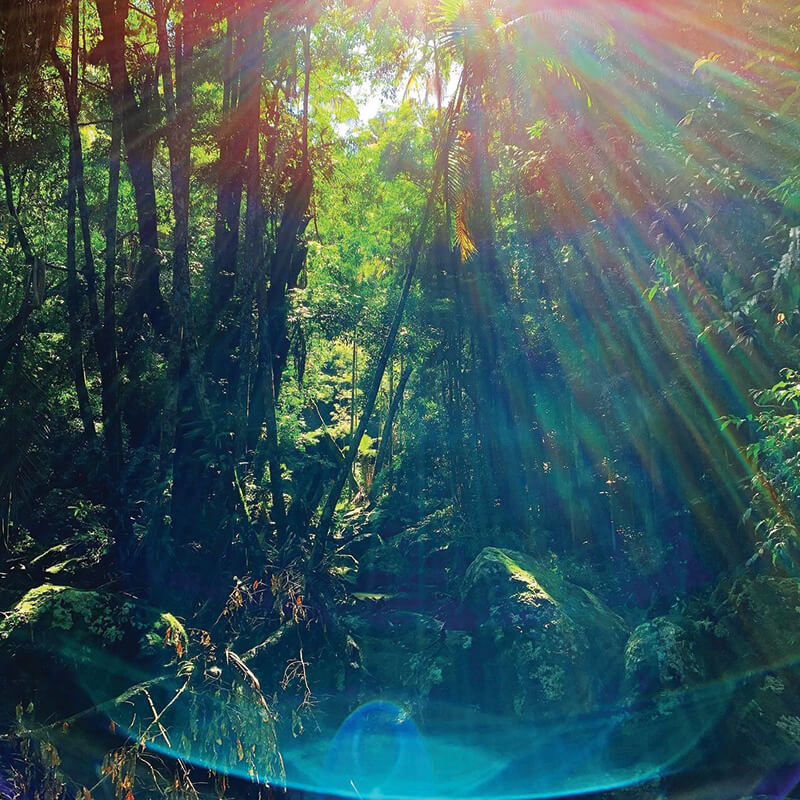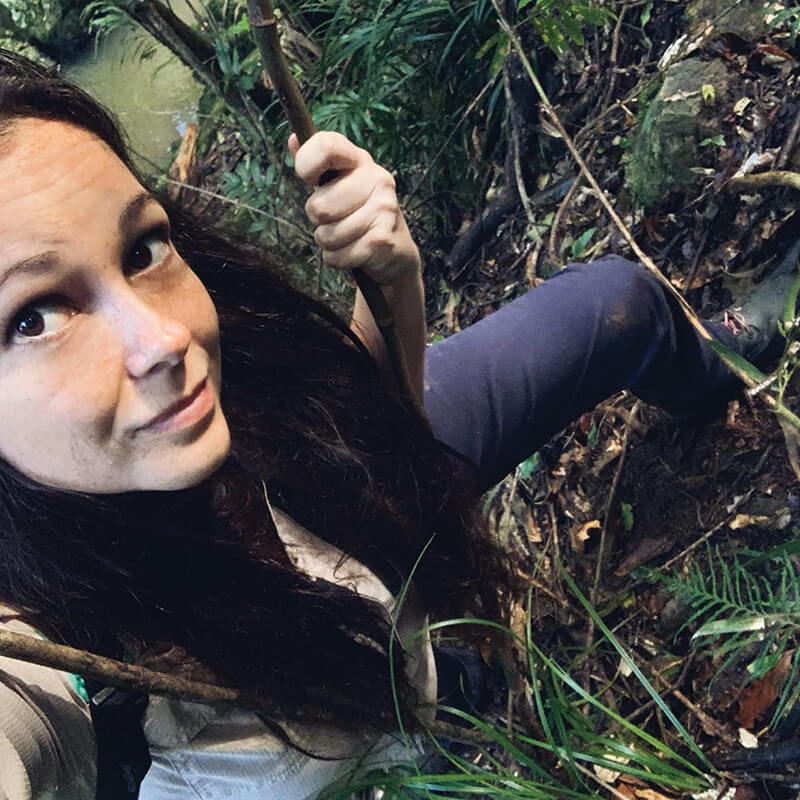Immersing yourself in nature has many benefits from improving cognitive function to reducing stress. However, there is an increasing body of research showing evidence that nature can be used, nay ‘prescribed’, to treat mental illness. I have to be honest with you, the first time I heard this claim, at a conference about four years ago, I thought to myself, “What a load of dribble.”
Between work and my personal lifestyle, I spend an inordinate amount of time in nature. On a more personal note, I am also a sufferer of bipolar disorder. I couldn’t see any positive benefit that my time in nature had on my mental illness, despite overwhelming research to the contrary. I was always out in nature yet at times I still experienced crippling depression.
Urban living and contemporary lifestyles are associated with reduced nature contact. Although not causal, this coincides with increasing rates of mental illness in Australia. There is a consensus amongst the literature that there is an association between nature experiences and reduced risk factors and intensity of some mental illnesses. This includes improved sleep and a reduction in physiological measures and biomarkers for stress. Exposure to nature has been shown to strengthen personal resilience and evoke positive emotions. Time in nature has been linked with positive effects on creativity, learning, concentration and critical thinking. Research continues to investigate this relationship between nature experiences and enhanced mental health.


I had of course dismissed these findings as pop-psychology. In part, because I always looked at nature through my ‘Conservation Officer’ goggles. That is, I noticed every weed, every scrap of erosion and evidence of livestock damage even when I was just enjoying nature on the weekend.
Then covid-19 hit. At the height of the pandemic in 2020, National Parks were closed, people were only allowed outside for an hour per day to exercise and I couldn’t undertake Land for Wildlife property visits. My daily nature-time came to a grinding halt and with it my mental wellbeing plummeted.
When I pondered to my friends about why I was so miserable the same answer kept coming up, “Don’t forget you’re not getting your daily bush adventures anymore.” At first I dismissed it, but after a couple of weeks I had completely changed my tune. Nature exposure had been an integral part of my mental illness treatment plan all along, I just didn’t realise it.
Now imagine me, mid-pandemic, couped up in my tiny apartment trying to somehow replicate hours on end in the bush each day with a 60 minute exercise window. It wasn’t easy but here are some ways I got the most out my nature-time in local conservation parks.
Smell. I crushed and smelled the fragrant leaves of the Grey Myrtle (Backhousia myrtifolia), Broad-leaved Paperbark (Melaleuca quinquenervia) and Lillypillies (Syzygium sp.). Even weeds such as Camphor Laurels can be appreciated for their aromatics.
Look Up. I took the time to notice the happenings in the forest canopy, the butterflies dancing, the vines intricately laced up branches, the way the sunlight trickled through the leaves.
Sound. I closed my eyes and listened to the bird calls and cicadas, I didn’t try to identify them but instead just enjoyed the changes in pitch, volume and tones.
Touch. I’m a very tactile person and love touching the different textures of native leaves. From the leatheryness of the Native Holly (Alchornea ilicifolia), to the roughness of the Creek Sandpaper Fig (Ficus coronata), to the velvetiness of the Hairy Psychotria (Psychotria loniceroides). Obviously stinging trees are excluded here for good reason.
Draw. I took lots of photos that I could sketch later in the evening.
Switch Off. Turn off your bush regenerator goggles – instead of seeing weeds that need to be pulled, scats the need to be identified and old paddocks that need to be planted, take a step back and appreciate the beauty of nature without the critical eye.
These techniques use mindfulness to enhance your mental wellness by focusing on the present in a multisensory way.
Call it ecotherapy, call it shinrin-yoku (Japanese for ‘forest bathing’) whilst not a silver-bullet, nature exposure can be used as part of a holistic and rounded approach to treating mental illness. It is one of many ecosystem services that the environment provides for us.
If you are struggling with mental health, please reach out for help to a trusted friend, your GP or call Lifeline on 13 11 14. Let’s end the stigma around mental health by incorporating it into daily conversations.
References
Bratman GN et al (2019) Nature and mental health: An ecosystem service perspective. Science Advances, Vol 5, no 7.
Article and photos by Danielle Outram
Land for Wildlife Officer
Sunshine Coast Council
